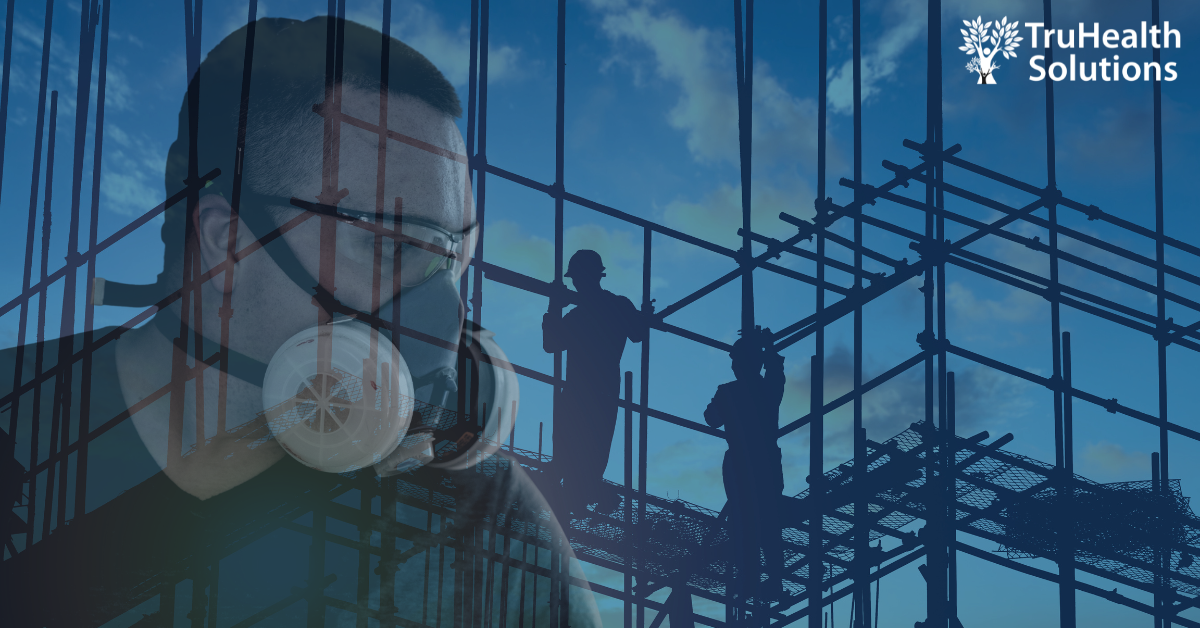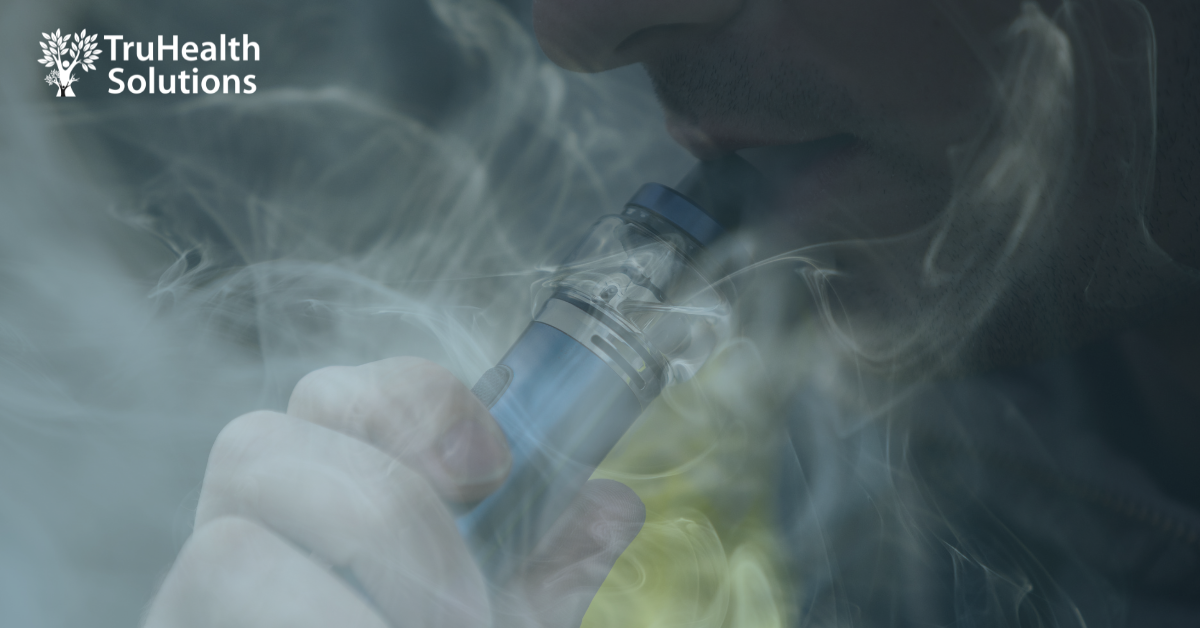What is Silica Dust?
Silica dust is a microscopic particle that is released into the air when materials containing silica are cut, ground, drilled or crushed. Silica is a common mineral found in rocks, sand, and soil. It is used in many industries, including construction, mining, and manufacturing. However, exposure to silica dust can have serious health consequences. In this article, we will explore the dangers of silica dust and the steps you can take to protect yourself from its harmful effects.
One of the primary dangers of silica dust is that it can cause a lung disease called silicosis. Silicosis is a progressive and incurable disease that can cause coughing, chest pain, and difficulty breathing. The symptoms of silicosis can take years to develop, and they can continue to worsen even after exposure to silica dust has ceased. In severe cases, silicosis can lead to respiratory failure and death.
In addition to silicosis, exposure to silica dust has also been linked to other respiratory diseases, including lung cancer and chronic obstructive pulmonary disease (COPD). Studies have shown that workers exposed to high levels of silica dust have an increased risk of developing these diseases.
Another danger of silica dust is that it can cause a condition called acute silicosis. Acute silicosis is a rapidly progressing form of silicosis that can develop within weeks or months of exposure to high levels of silica dust. Acute silicosis can cause severe respiratory distress and can be fatal.
Silica dust can also cause other health problems, including kidney disease, autoimmune disorders, and skin irritation. Exposure to silica dust has also been linked to an increased risk of tuberculosis.
How to protect yourself from Silica Dust
To protect yourself from the dangers of silica dust, it is essential to take proper precautions when working with materials that contain silica. This includes using engineering controls, such as ventilation systems and wet methods, to reduce dust exposure. It also means using personal protective equipment, such as respirators, gloves, and eye protection, to minimize exposure to silica dust.
Employers also have a responsibility to protect their workers from exposure to silica dust. This includes providing training on the hazards of silica dust, implementing effective control measures to minimize exposure, and monitoring workers for signs of silica-related health problems.
In conclusion, exposure to silica dust is a serious health hazard that can lead to debilitating and life-threatening conditions. It is essential to take appropriate precautions when working with materials that contain silica to protect yourself from these hazards. By using proper engineering controls, personal protective equipment, and following best practices, you can minimize your risk of exposure to silica dust and ensure your safety and health in the workplace.
The New Code of Practice
The new Code of Practice (Managing Respirable Crystalline Silica Dust Exposure in Construction and Manufacturing of Construction Elements) will come into effect as of the 1st of May 2023. This new Code of Practice will see Work Health & Safety practices change and, more importantly, become far more prudent for employees exposed or at risk of exposure of Silica Dust in the workplace. With these changes coming into effect soon, we have developed educational workshops along with providing expert advice in “respiratory prevention & protection in the workplace” This also coincides with our current Respiratory Fit Testing service programs. Our workshops have been developed by our own internal compliance consultants along with medical experts that address the requirements of the new Code of Practice along with The Work Health and Safety Act 2011, subordinate regulations and Australian Standards for respiratory prevention and protection in the workplace.
How can TruHealth Solutions help?
Truhealth Solutions have engaged special guest speakers Brendon Braithwaite and Amanda Fillipone, who are at the forefront of the Silica Dust regulation, to ensure you receive the latest updated information delivered in a practical and easy-to-understand format. Due to this, we have had to apply a charge for attendance, but the fee against the attendance benefit will be well worth your time. Feedback from previously held seminars across the state has been five stars. Brendon and Amanda are quickly becoming the field matter experts in this complicated but necessary peace of regulation.
In addition to the above, Truhealth Solutions will now offer the world’s first live Silica Dust monitoring system; this system has recently become available in Australia and exclusively monitors Silica Dust only. This practice can form part of your compliance with the new Code of Practice requirements. We can provide our silica air monitoring service for your workplace and report on the findings.
Air monitoring greatly assists workplaces with the level of respiratory protection that the workplace may require to protect employees and assists with our fit testing service to ensure that the correct respiratory mask is fitted from our findings with silica dust air monitoring. All respiratory masks and attachments are endorsed with Australian Standards and are quantitative fit tested to ensure compliance with the AS/NZ 1715:2009.
TruHealth Solutions has in-depth knowledge of health and safety practices involving respiratory masks and attachments. Our experience within Health and Safety spans 30 years of industry knowledge. We have established ourselves as a trusted industry leader, with a vast range of respiratory training and products, including our respiratory fit testing service.
Truhealth takes pride in offering our services to all industries; our purpose and aim is to assist in protecting the Health & Safety of all workplace employees Nationwide for our valued clients. Should your organisation wish to attend our valuable respiratory workshops, please click the appropriate link below to access the information and booking site.
References
https://www.worksafe.qld.gov.au/laws-and-compliance/codes-of-practice/managing-respirable-crystalline-silica-dust-exposure-in-construction-and-manufacturing-of-construction-elements-code-of-practice-2022
https://www.aihs.org.au/news-and-publications/news/qld-silica-dust-code-practice-slated-construction-industry
https://www.safeworkaustralia.gov.au/safety-topic/hazards/crystalline-silica-and-silicosis





